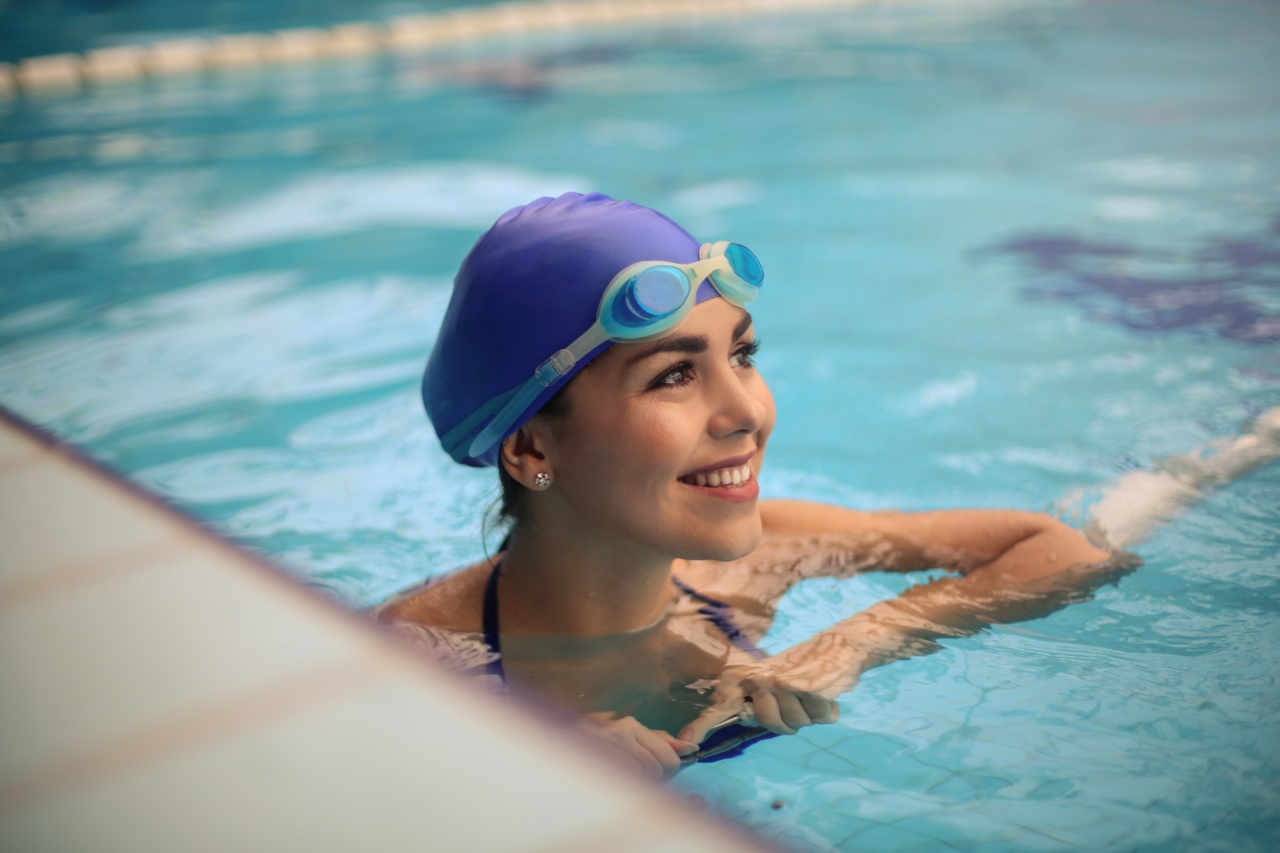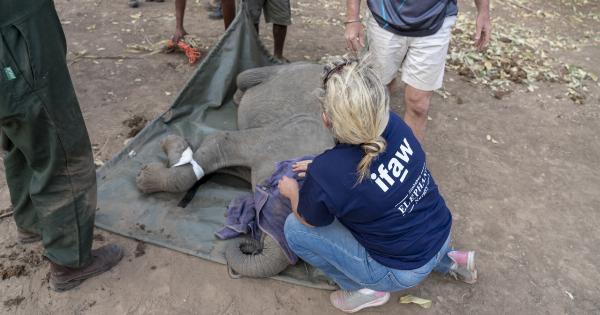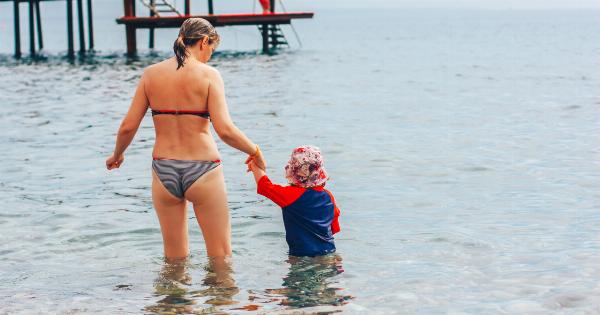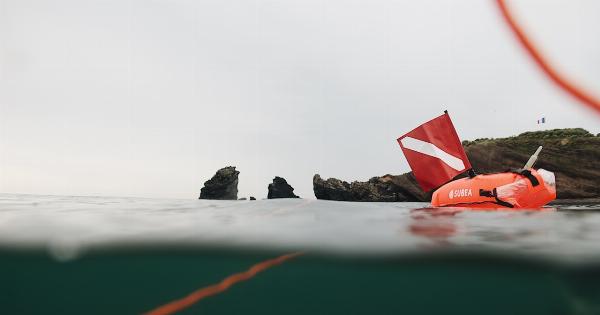Swimming is a popular and refreshing recreational activity that can also provide numerous health benefits. However, it is important to remember that water can be dangerous if proper precautions are not taken.
Whether you are swimming in a pool, lake, or the ocean, it is essential to be aware of basic swimming survival tips that can potentially save your life or the lives of others. In this article, we will discuss seven crucial tips for swimming survival.
1. Learn to Swim
The first and most important step to ensure swimming survival is to learn how to swim. Enroll in swimming lessons or take lessons from a professional swimming instructor.
Learning the basic swimming strokes, floating techniques, and proper breathing techniques will equip you with the necessary skills to handle yourself in the water. Remember, knowing how to swim can significantly increase your chances of survival in an emergency.
2. Master and Practice Water Survival Skills
Apart from learning how to swim, it is crucial to master and regularly practice water survival skills. These skills include treading water, floating on your back, and understanding how to use your energy efficiently in the water.
Practicing these skills will enhance your swimming endurance, allowing you to stay afloat for longer periods. Additionally, knowing how to control your breathing and managing panic during challenging situations will contribute to your survival.
3. Never Swim Alone
Swimming alone can be dangerous, especially in unfamiliar waters. Always swim with a buddy or under the supervision of a lifeguard. In case of an emergency, having someone nearby can increase your chances of being rescued quickly.
Moreover, swimming with a partner allows you to watch out for each other, spotting potential dangers and helping one another whenever needed.
4. Be Cautious of Water Currents
Water currents can be powerful and unpredictable, regardless of the size of the body of water. It is essential to be cautious of currents and know how to navigate through them. If you find yourself caught in a strong current, the key is not to panic.
Swim parallel to the shore until you escape the pull, then swim back to safety. Understanding how currents work and being aware of your surroundings will prevent potentially dangerous situations.
5. Know the Water Depth
Always be aware of the water depth before entering. Never dive headfirst into unknown waters. Shallow water can cause severe injuries, including head and spinal injuries.
Moreover, diving in murky waters can also be risky, as you may not know what lies beneath the surface. Before taking a plunge, make sure to check for any obstacles, such as rocks or submerged objects, and ensure that the water is deep enough for diving safely.
6. Stay Hydrated and Protect Yourself from the Sun
Swimming is a physically demanding activity that can lead to dehydration if you are not adequately hydrated. Drink plenty of water before, during, and after swimming to avoid dehydration.
Additionally, remember to protect yourself from the harmful rays of the sun. Apply waterproof sunscreen to prevent sunburns, wear a hat or protective clothing, and use sunglasses. Proper hydration and sun protection are essential for swimming survival, especially during prolonged periods in the water.
7. Know the Signs of Drowning
Understanding the signs of drowning is crucial for swimming survival. Contrary to popular belief, drowning is often a silent event that may go unnoticed by untrained individuals.
Look out for signs such as struggling to stay afloat, gasping for air, or arms flailing uncontrollably. If someone is displaying these signs, act quickly and call for help. Remember, every second counts in a drowning situation, and immediate assistance can make a significant difference in saving a life.
Conclusion
Swimming survival is not only about being able to swim; it also involves being aware of potential dangers, understanding how to navigate different water conditions, and taking necessary precautions.
By following the seven crucial tips mentioned in this article, you can greatly improve your chances of survival in and around water. Remember to prioritize safety, never swim alone, and always be cautious of your surroundings. Swimming can be an enjoyable and safe activity as long as you are equipped with the necessary skills and knowledge to handle unexpected situations.






























